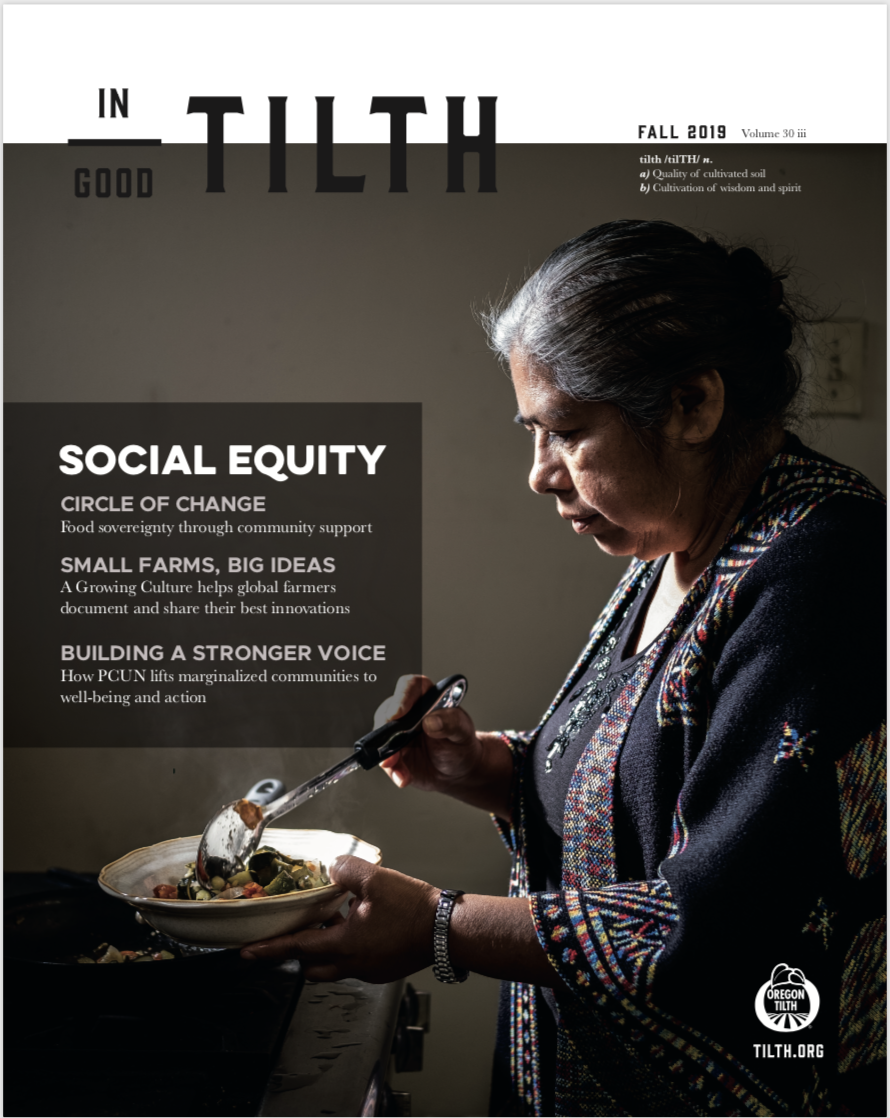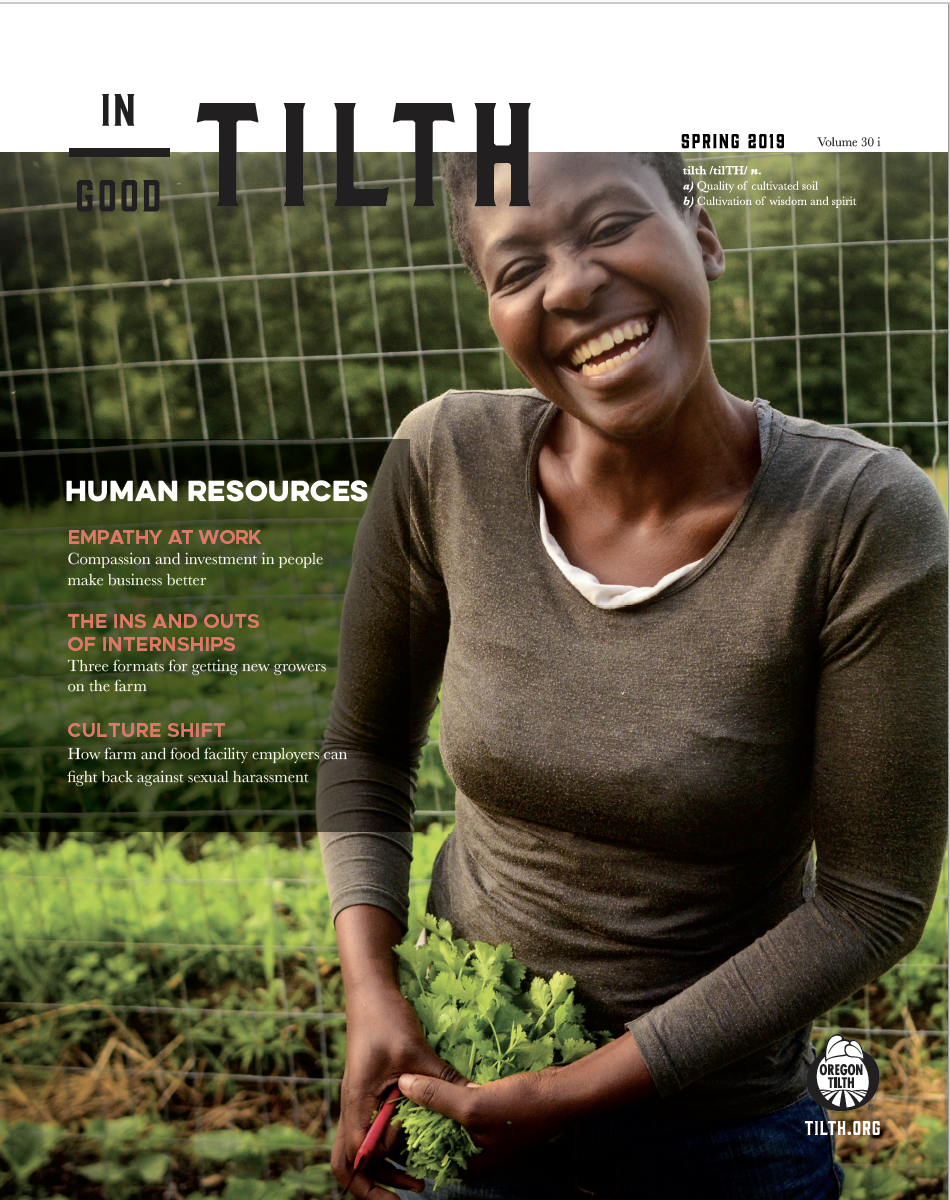Imagine yourself as a Mexican housewife in the 1940s — or any time before that. If you weren’t wealthy enough to have servants to do it for you, then five hours of every day, one-third of your waking hours, would be devoted to grinding corn for tortillas. In the 1950s, the automatic tortilla machine changed everything. By the 1960s, those machines could produce one tortilla every two seconds.
Really, imagine yourself in those shoes. If you spent five hours every day breaking down corn, then new innovations in food safety, efficiency, shelf-stability and convenience would be more than attractive options. They would herald a revolution.
As food historian Rachel Laudan elucidates in her essay “A Plea for Culinary Modernism,” it is difficult to overstate how radically that revolution, the revolution of industrial agriculture, restructured society. “Where modern food became available, populations grew taller, stronger, had fewer diseases and lived longer.” In Mexico, suddenly, “Men had choices other than hard agricultural labor, women other than kneeling at the metate five hours a day.”
But those seismic societal changes came at a price. Now, people of all social strata around the world are less likely than ever before to die of starvation. But that doesn’t mean that they are not malnourished.

Access to Fresh Produce
Today, seven out of 10 Mexicans are overweight, and nearly a third of the population is clinically obese. Even in farming communities, access to fresh produce is often out of reach.
Last year, an Oregon Tilth-supported program called the Southern Baja Food Security Alliance (SBFSA) teamed up to change that for the most vulnerable communities in and around Baja California Sur’s capital city, La Paz. Created from a partnership among the International Community Foundation, local farms like Sueño Tropical, community gardens operated by Raíz de Fondo, and the Mexican government’s social development program, SBFSA takes perfectly delicious surplus produce that can’t be sold to the U.S. market and makes sure it gets to locals who need it.
Fifty-two organizations throughout the La Paz region benefit from that donated food. Some are feeding kitchens. Some are assisted living facilities. Some are schools. In total, about 4,000 people, many of whom are migrant workers in Southern Baja’s agriculture and hospitality industries, receive these fruits and vegetables — healthy food that would otherwise be wasted.

Feeding Children in Need
One of these organizations is run by Rosa Pérez, who operates a school food program for low-resourced kids with her husband. Pérez is originally from Veracruz and first visited the La Paz area 15 years ago on a Pentecostal religious mission. While she was there, she “saw that the children were going to school without eating. It moved me; it touched my heart. I wanted to at least be able to provide them with breakfast.” Later, when she settled in a small village in the La Paz Municipality, she began making simple, homey food for local kids and others in need every morning. She makes chilaquiles and breakfast burritos, horchata and rice and beans, oatmeal and a traditional corn-based drink called atole.
Those dishes by themselves provide an amazing service to the children in her community, but you might notice from that list that they are all inexpensive, grain-based foods.
“The fruits and vegetables we get [from local farms] are a great support,” she said. “They help us reduce our costs. We get tomatoes and melons and oranges and cucumbers… I’m faced with lots of kids to feed. On a Friday, I think, ‘What will I give them?,’ and I have to come up with something. Sometimes it’s just beans and tortillas. Basic food. At the end of the week, I always think ‘How will we do it?’ It’s a constant challenge, week after week.”
Pérez supports the program by selling tamales and uses all the money she earns from that business to make sure the students in her village do not have to grow up the way she did. “When I was little, I was very, very poor. There were 11 of us kids. My father was a farmworker. I know what it is to have hunger. I know what it means to go to school without eating.”
She’s not alone. Alana Ortez, the International Community Foundation’s senior program officer for health, helped with translation, and as we interviewed Pérez, she commented that we were seeing a trend. Lots of the locals who work with and benefit from this program are like Pérez. They know what it is to have hunger. Not to be hungry. To have hunger. Perhaps it’s a quirk of translation, but Pérez’s phrasing implies a certain permanence. That said, food insecurity and hunger are two distinct problems.

Battling Hunger with the Right Foods
Hunger is the physiological sensation of needing to eat, whereas food insecurity describes a lack of access to nutritious foods. If the children Pérez is feeding were to go to school without visiting her breakfast bar, then they and their families would eat whatever they could afford. Often, for people experiencing food insecurity, that means unwrapping a foil packet or picking up fast food.
And yet systemic food insecurity by itself is only one of the many challenges faced by this community and others like it — communities largely settled by former migrants from other parts of Mexico — that receive food from SBFSA.
Miguel Angel Francisco Cortez works in operations and security at Sueño Tropical. The 200-acre organic farm is one of the largest in Baja California Sur, so he always has plenty to do. Cortez also grew up with migrant farmworkers for parents.

Remarkably, despite their semi-nomadic lifestyle, his family was able to put him through elementary school and some high school, and later he studied systems engineering in college, although he wasn’t able to finish his degree.
“It wasn’t always easy to be in states where we didn’t have family, where we didn’t know people,” he said.
“We had to fight to get an education. Some of my parents’ friends didn’t send their kids to school. Lots of kids still get sent off to the fields to work.”
Sueño Tropical may not employ minors, but many of the farms nearby are more than happy to take advantage of folks of any age who, for example, lack literacy skills. These undereducated people, some of whom work at and receive food donations from Sueño Tropical, are a big part of why Cortez works the long hours he does. Every day, he starts work at seven, takes a break in the middle of the day, and finishes his workday around 10 at night.

Fresh Vegetables, Changing Lives
Cortez says that by donating this food, he feels that he and his coworkers are “transforming society. We’re reaching the most vulnerable people and serving the community. By giving them fresh vegetables, we are changing their lives.”
That societal transformation is more consequential than he may even realize. By ensuring that these beneficiaries not only know where their next meal is coming from but that it will include nutritious things like tomatoes and cabbages, SBFSA can help them feel more secure. And that change in mindset is a powerful intervention.
Why? Because people who feel even a little less like they are struggling to survive are quite literally smarter. Having limited resources does not make you less intelligent, but feeling like you do can keep you distracted and less able to make long-term, rational choices.
A Princeton study conducted in 2013 tracked the mental resources of a group of 464 Indian sugarcane farmers over the course of a year by administering periodic IQ tests. When the farmers felt financially secure after the harvest, they achieved better test scores. But when money was tight before the harvest began, researchers found that this prolonged stress could lower test scores by an average of 13 points, or the equivalent of missing an entire night’s sleep.
If you take that into account, SBFSA’s work of providing vulnerable people with a reliable source of good, nutritionally dense food is not just philanthropic. It is not just about better nutrition or food insecurity itself. It gives beneficiaries the most precious thing imaginable: the ability to think.























